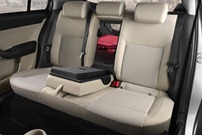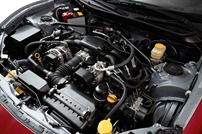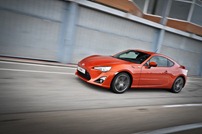 On Tuesday, Cadillac added another piece to the puzzle that is the new ELR plug-hybrid coupe by announcing that the car will be manufactured at GM's Detroit-Hamtramck Assembly plant with production to start in late 2013.
On Tuesday, Cadillac added another piece to the puzzle that is the new ELR plug-hybrid coupe by announcing that the car will be manufactured at GM's Detroit-Hamtramck Assembly plant with production to start in late 2013. We already know that the ELR will be closely based on Cadillac's 2009 Converj Concept and that it will borrow much of its extended-range electric technology from the Chevy Volt, combining a T-shaped lithium-ion battery with an electric drive unit and an unspecified four-cylinder engine working as a generator to power the electric motor.
What we assumed, but didn't know for sure, is whether the ELR would keep the same front-engine, front-wheel-drive layout as the Volt or if Cadillac would engineer a new platform with a front-engine, rear-wheel drive configuration.
So we asked Cadillac spokesman David Cadwell who confirmed the FWD scenario.
"That's a better solution (generally) for the efficiency that an electric propulsion is obviously aiming for," Cadwell told CarScoop."We of course have RWD layouts for our CTS and ATS product lines, cars in which performance is the overriding objective."
Indeed, in this case, one can make several arguments for and against FWD and RWD layouts, depending if you approach the matter from an enthusiast, a mainstream buyer or a manufacturer's perspective, and whether you take under consideration various factors, including, but not limited to, the financial and practical aspects of either choice.
For example, GM spent a lot of money to develop the Volt project, so it only makes sense from a financial viewpoint to use the platform and its technology to create a second model in a relatively short time.
Moreover, the car's T-shaped battery is a better fit for a FWD model as in a RWD car, it would have to sit above the driveshaft eating up valuable passenger and luggage space, not to mention that it would raise the center of gravity thus possibly ruining its handling characteristics.
On the other hand, a rear wheel-drive layout with a different battery set up, while evidently more costly, would have clearly differentiated the ELR from the Volt and allowed GM to approach a more enthusiastic crowd.
We would be delighted if you continued the discussion on the cons and pros of Cadillac's choice in the comments section below, while also casting your vote in the poll that follows.
PHOTO GALLERY
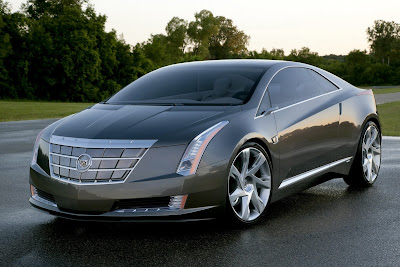

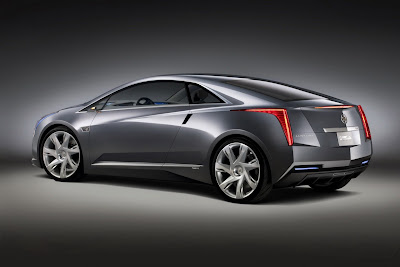

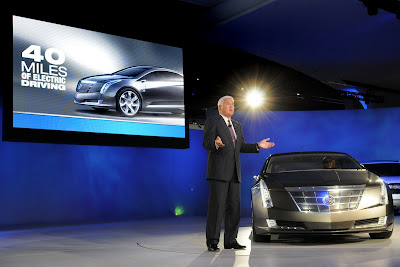
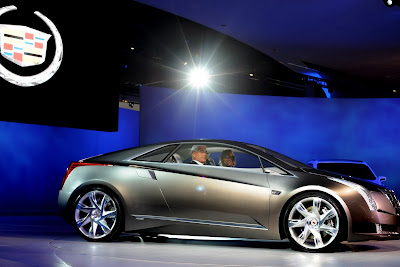
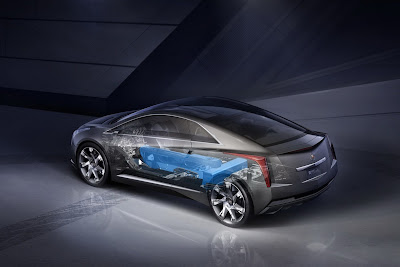
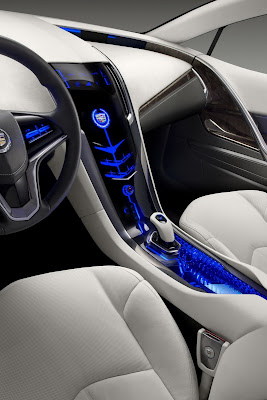



 7:37 AM
7:37 AM
 Mr EX
Mr EX

 Posted in:
Posted in: 


